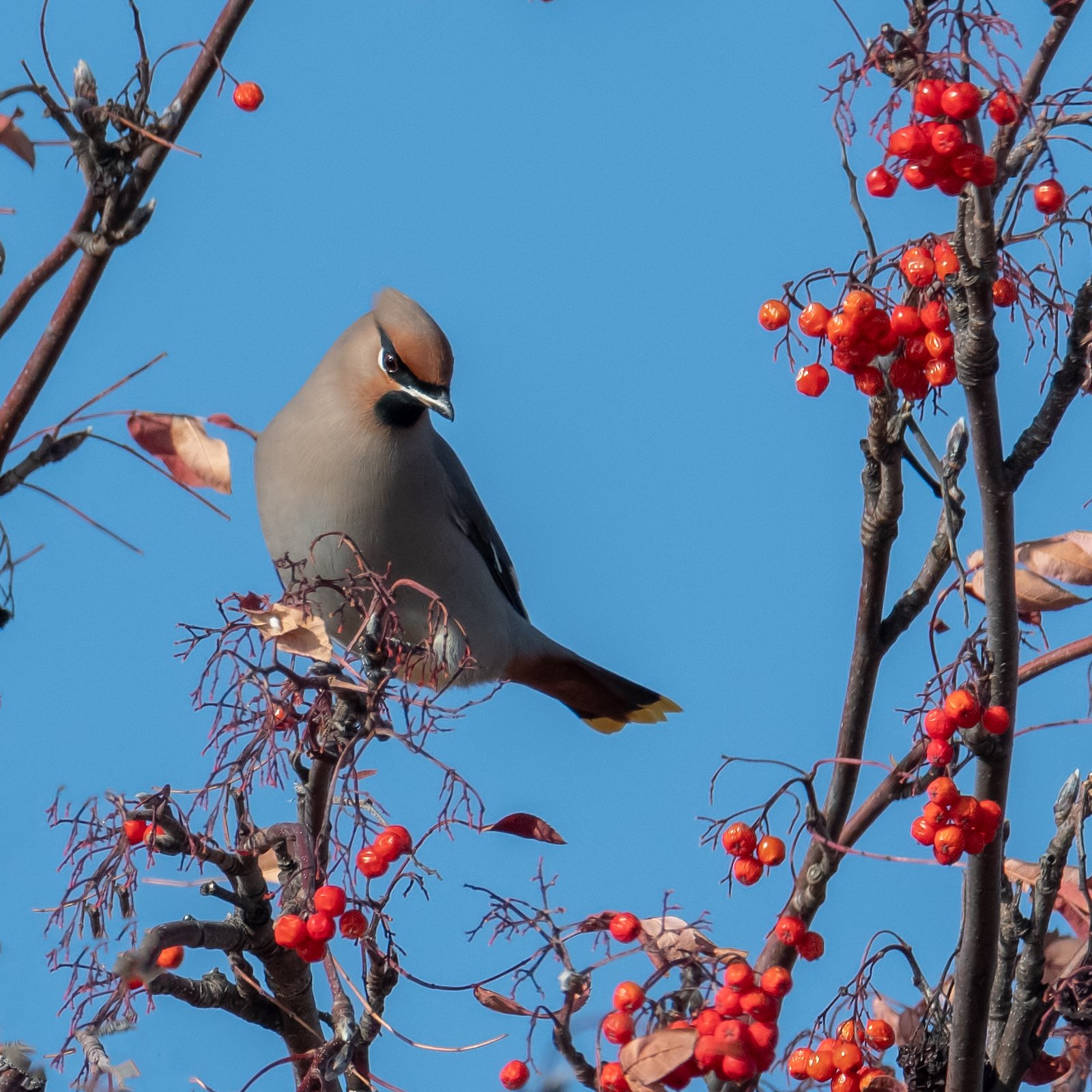Fueling Flight: How Mountain Ash Berries Nourish Our Feathered Friends
Did you know that the American mountain ash tree is not only beautiful but also serves a vital role in our ecosystem? It provides shelter and food for a variety of forest creatures, especially birds. Moose and white-tailed deer feed on the leaves, twigs, and branches, pollinators like bees and butterflies are drawn to its flowers, while smaller mammals and birds eat the bright red berries.

But it’s not just any food – those berries are a crucial source of energy and nutrition for birds during their long migrations to warmer climates. Species like catbirds, robins, Swainson’s thrushes, sparrows, and warblers devour the fruit to fuel up for their journey. Studies have shown that the berries are high in lipids, sugars, vitamins, and antioxidants that support bird health, immunity, and navigation during migration.

For example, in a study published in the Journal of Field Ornithology, researchers found that the berries were high in lipids and sugars, providing an essential source of energy for migratory thrushes during their long-distance flights. Another study in The Auk: Ornithological Advances showed that Swainson’s Thrushes selectively fed on the ripest berries, which were higher in lipids and sugars, suggesting that berries were a crucial food source during migration.

And it’s not just about energy – the berries are also high in vitamin C, carotenoids, and flavonoids that are important for overall bird health. For instance, a study in the Wilson Journal of Ornithology found that Yellow-rumped Warblers actively sought out the berries as a food source during migration, likely because they were high in fat, sugar, and vitamin C, as well as flavonoids that can help protect birds from oxidative stress during migration.
Food for wintering birds


But the importance of mountain ash berries doesn’t end with migration. As one of the few trees that keep its berries through the winter, the mountain ash can be a crucial source of energy and nutrition for over-wintering birds, such as bohemian and cedar waxwings, black-capped chickadees, and pine grosbeaks. In fact, the availability of berries can have a significant impact on the birds’ survival and reproductive success.
Several studies have shown that the berries were:
- high in lipids and provided an important source of energy for the birds during the winter;
- high in vitamin C and carotenoids, which are important for overall bird health;
- high in vitamin C and flavonoids, which are antioxidants that can help protect birds from oxidative stress during migration;
- and high in vitamin E, which is important for bird immune function.


What are Cartenoids and Flavenoids?
Carotenoids and flavonoids are types of pigments found in plants, including fruits such as mountain ash berries, that are beneficial to birds. Carotenoids help maintain visual acuity, support immune function, and contribute to feather pigmentation, while flavonoids can enhance the absorption of vitamin C and protect against oxidative stress. In birds, these pigments have been shown to play important roles in vision, reproduction, and immunity. Additionally, carotenoids are thought to aid in navigation during migration by enhancing the ability to see ultraviolet light, which is important for finding food and water sources. Overall, carotenoids and flavonoids present in mountain ash berries and other fruits can provide important nutritional benefits to birds.

So if you’re looking to support your feathered friends, consider planting some American mountain ash trees in your yard or preserving them in the wild. By doing so, you’ll be helping to ensure a brighter future for these beautiful birds and the ecosystems they inhabit.